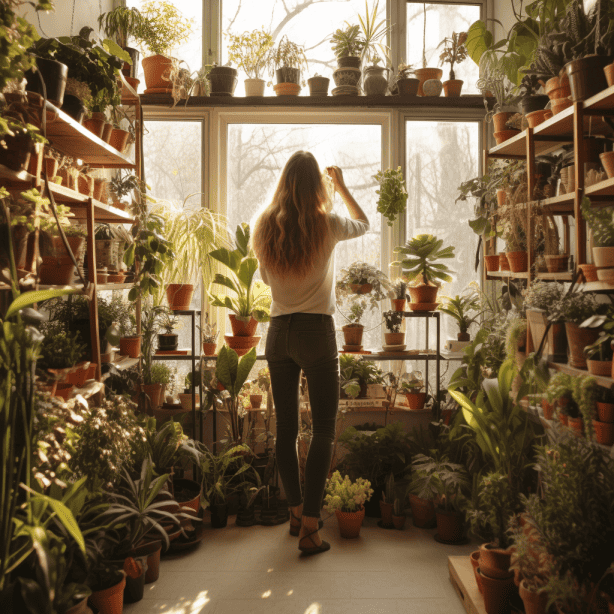Indoor plants have become increasingly popular in recent years, not only for their aesthetic appeal but also for their numerous health benefits. However, many people may need to realize that cultivating potted plants can also have significant environmental benefits.
One of the leading environmental benefits of indoor plants is their ability to purify the air. According to a study by NASA, certain plants can remove harmful toxins such as formaldehyde, benzene, and trichloroethylene which are commonly found in indoor environments. Removing these improves indoor air quality and reduces the amount of pollutants released into the atmosphere.
In addition to air purification, plants can also help reduce energy consumption. During the summer months, indoor plants can cool a room by releasing moisture into the air through a process called transpiration. This can reduce the need for air conditioning, which in turn, reduces energy consumption and greenhouse gas emissions. Overall, cultivating plants is a simple and effective way to improve indoor and outdoor environments.
Understanding Indoor Plants
Indoor plants are grown inside buildings, homes, and offices. They are often referred to as houseplants or potted plants. These plants are grown for decorative purposes, but they also provide a range of environmental benefits.
Indoor plants come in a variety of sizes, shapes, and colors. They can be grown in pots or hanging baskets or planted directly in soil. Some popular options include spider, pothos, snake, and peace lilies.




One of the main benefits of indoor plants is that they help to purify the air. They absorb carbon dioxide and release oxygen, which helps to improve air quality. Some also absorb harmful chemicals and pollutants, such as benzene and formaldehyde.
In addition to improving air quality, indoor plants can help reduce stress levels. Studies have shown that simply being around plants can have a calming effect on people. This is thought to be due to plants’ natural beauty and tranquility.

Overall, they are a great way to bring a piece of nature into your home or office. They are easy to care for and provide a range of environmental benefits. Whether you are looking to improve air quality, reduce stress levels, or add some greenery to your space, an indoor plant is right for you.
The Science Behind Indoor Plants
Indoor plants provide various environmental benefits that can improve the quality of life for those who cultivate them. Here are some of the science-backed benefits.
Photosynthesis and Indoor Air Quality
Indoor plants play a significant role in improving air quality. Through photosynthesis, plants absorb carbon dioxide and release oxygen, which can help to purify the air by removing toxins and pollutants. A NASA study found that certain plants can remove up to 87% of air pollutants in just 24 hours, including volatile organic compounds (VOCs) such as formaldehyde and benzene.
Phytoremediation and Indoor Environment
Phytoremediation is the process by which plants remove harmful substances from the environment. Indoor plants can help to clean the air and remove toxins such as formaldehyde, benzene, and other pollutants from the environment. Plants also release moisture through transpiration, which can help to increase humidity levels and reduce the risk of mold growth.
Indoor Gardening and Plant Growth
Indoor gardening can provide numerous benefits, such as reducing stress and increasing productivity. Plants require proper lighting, temperature, and irrigation to thrive indoors. Choosing suitable soil and fertilizers can also help to promote healthy plant growth. Indoor gardening can be done with various plants, such as herbs, vegetables, and flowers.
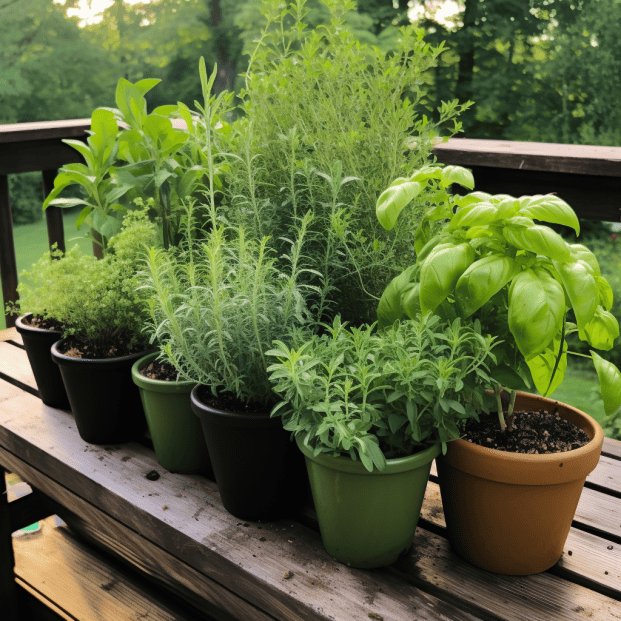


Health Benefits of Indoor Plants
Indoor plants add aesthetic value to a space and provide numerous health benefits. This section will explore the physiological and psychological benefits of cultivating indoor plants.
Physiological Benefits
Plants have been shown to have a positive impact on physiological health. Studies have demonstrated that they can help reduce physiological stress, lower blood pressure, and decrease heart rate. Exposure to indoor plants has also been linked to improved well-being and faster recovery times.
One study found that indoor plants can help reduce stress levels in office workers, leading to increased productivity and job satisfaction. Another study showed that exposure to these plants can help improve concentration and attention in individuals.
Psychological Benefits
In addition to physiological benefits, indoor plants have been shown to impact mental health positively. Horticultural therapy, which involves using plants and gardening to improve mental health, has been gaining popularity in recent years.
Indoor plants can help reduce symptoms of depression and anxiety and have been shown to affect individuals with dementia positively. Exposure to indoor plants can also help reduce psychological stress and improve emotion regulation.
Negative air ions, which indoor plants generate, have been shown to impact psychological well-being positively. These ions can help reduce mental fatigue and improve mood.
Environmental Impact of Indoor Plants
Plants also have numerous environmental benefits, making them a great addition to any living space. In this section, we will explore the various ways in which indoor plants positively impact the environment.
Air Quality Improvement
Indoor plants are natural air purifiers that can help to improve indoor air quality by removing pollutants and toxins from the air. According to a study published in the Journal of Physiological Anthropology, indoor plants can help to reduce stress levels and improve air quality by removing volatile organic compounds (VOCs) from the air.
Carbon Sequestration and Reduction
Indoor plants can help reduce carbon dioxide (CO2) levels in the atmosphere by sequestering carbon and releasing oxygen through photosynthesis. This makes them an effective tool for reducing the carbon footprint of indoor spaces.
Urbanization and Indoor Plant Cultivation
Indoor plants can play an essential role in urban environments where space is limited and air pollution is a significant concern. By cultivating plants, individuals can contribute to the sustainable development of urban areas by reducing the environmental impact of transportation and creating green spaces that help to clean the air.

Indoor Plants and Sustainability
Indoor plants enhance the aesthetic appeal of a living space and contribute to sustainability. Cultivating them can positively impact the environment, provided that sustainable practices are followed.
Eco-Friendly and Sustainable Practices
To ensure that potted plants are cultivated sustainably, eco-friendly practices must be adopted. This includes using organic fertilizers, avoiding chemical pesticides, and reducing water consumption. Additionally, selecting plants that are native to the region can reduce the carbon footprint associated with transportation and cultivation.
Peat-Free Cultivation
Peat, a non-renewable resource, is commonly used to cultivate indoor plants. However, peat extraction can harm the environment, including biodiversity loss and carbon sequestration. To reduce the environmental impact of indoor plant cultivation, garden centers in countries like the Netherlands and Zimbabwe have started promoting peat-free alternatives.
Peat, derived from the decay of organic matter in waterlogged conditions, has long been a popular component in gardening due to its ability to retain moisture and provide aeration to soils. However, the extraction and use of peat come with environmental concerns that are increasingly gaining attention in the gardening community.
One significant issue with peat extraction is its impact on carbon-rich ecosystems, particularly peat bogs. These ecosystems act as vital carbon sinks, sequestering large amounts of carbon dioxide. When peat is harvested, these bogs are disturbed, releasing stored carbon into the atmosphere and contributing to greenhouse gas emissions. This not only exacerbates climate change but also leads to the loss of unique and fragile habitats that support diverse plant and animal life.
Additionally, peat extraction disrupts water balance in surrounding areas, affecting both the quality and quantity of water available to ecosystems. The destruction of these wetland habitats can result in the loss of biodiversity and negatively impact the resilience of ecosystems to climate change.
As a response to the environmental concerns associated with peat, many gardeners are exploring sustainable alternatives. One popular substitute is coir, a byproduct of coconut processing. Coir is renewable, has excellent water retention properties, and provides aeration to the soil. Additionally, it does not contribute to the destruction of vital ecosystems. Other alternatives include compost, well-rotted manure, and various organic materials that enhance soil structure and fertility without the environmental drawbacks of peat.
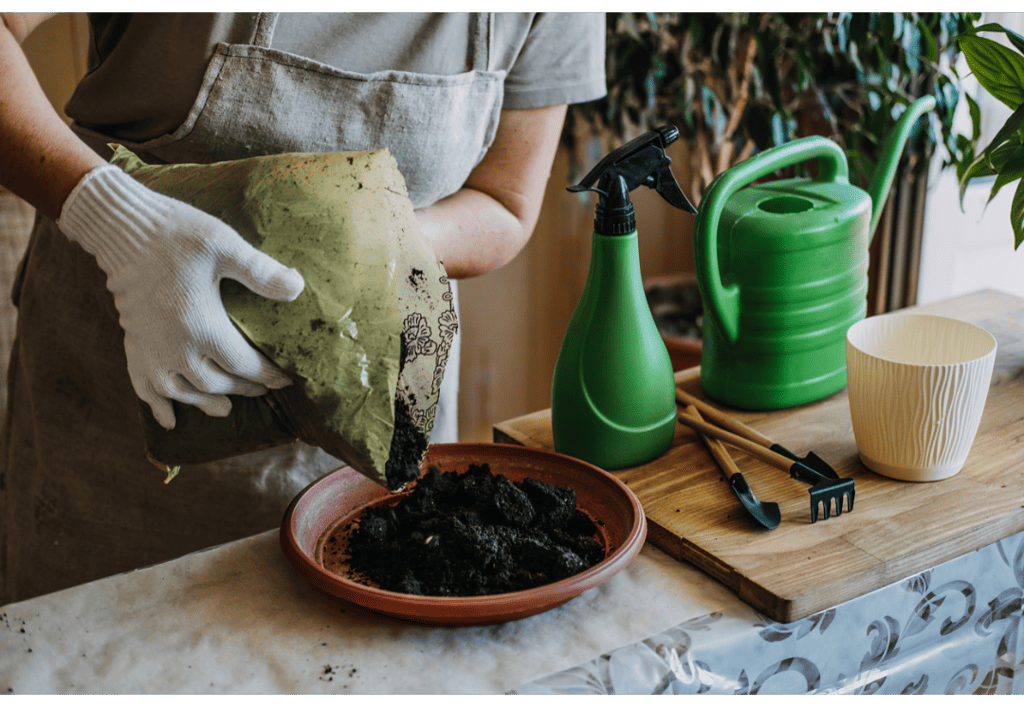
Cacti and Succulents
Cacti and succulents are popular potted plants that require little water and maintenance. These plants are also ideal for sustainable cultivation as they can be propagated easily, reducing the need to purchase new plants. Additionally, cacti and succulents are often grown in small pots, reducing the amount of soil and water required for cultivation.

Popular Indoor Plants and Their Benefits
Indoor plants add aesthetic value to a living space and have numerous environmental benefits. Here are some popular house plants and their uses:
Aloe Vera and Its Benefits
Aloe Vera is a succulent plant that is easy to care for and can grow in various indoor environments. This plant is known for its healing properties and is often used in skincare products. Aloe Vera can also help purify the air by removing toxins like formaldehyde and benzene.
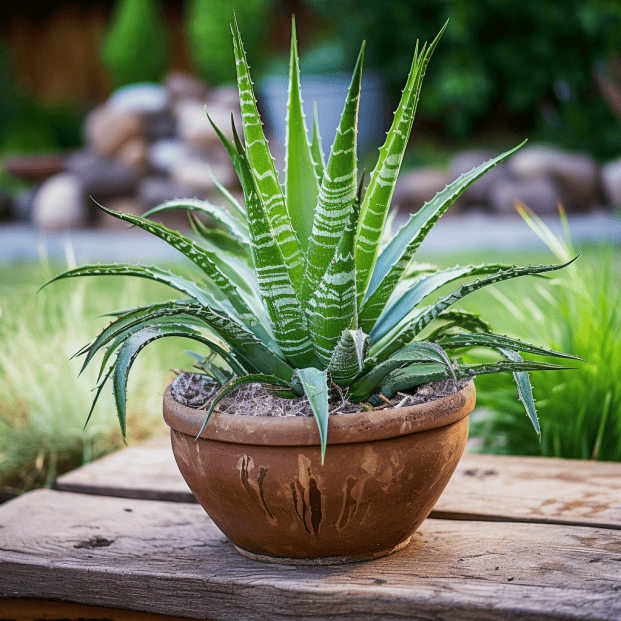
Boston Fern and Its Benefits
Boston Fern is a popular indoor plant known for its air-purifying abilities. This plant can remove toxins like formaldehyde, benzene, and xylene from the air. Boston Fern is also a natural humidifier, which can help alleviate dry skin and respiratory issues.

Spider Plant and Its Benefits
Spider Plant is a low-maintenance indoor plant that is perfect for beginners. This plant is known for its air-purifying abilities and can remove toxins like formaldehyde and xylene from the air. Spider Plant is also a natural humidifier, which can help alleviate dry skin and respiratory issues.

Lilies and Their Benefits
Lilies are a popular indoor plant that comes in various colors and sizes. These plants are known for their beautiful blooms and sweet fragrance. Lilies can also help purify the air by removing toxins like formaldehyde, benzene, and trichloroethylene.
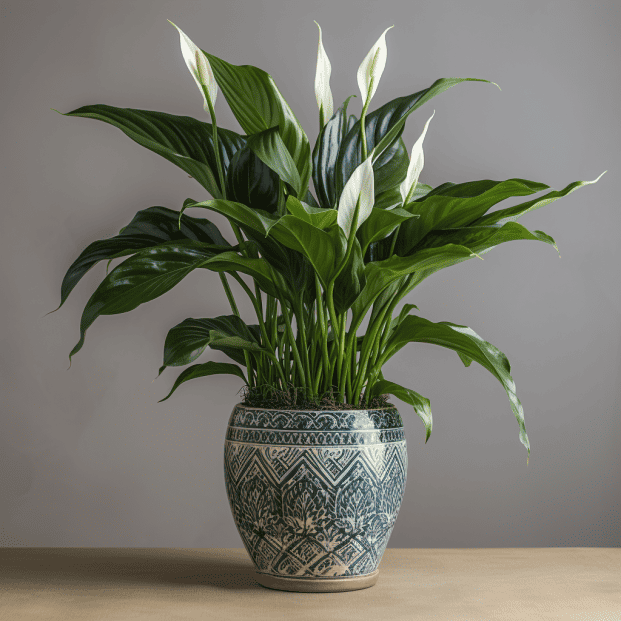
Pothos and Its Benefits
Pothos is a low-maintenance indoor plant that is perfect for beginners. This plant is known for its air-purifying abilities and can remove toxins like formaldehyde, benzene, and xylene. Pothos is also a natural humidifier, which can help alleviate dry skin and respiratory issues.

Overall, indoor plants can provide numerous environmental benefits and are a great addition to any living space. By choosing the right plants and caring for them properly, individuals can enjoy the benefits of houseplants for years to come.
Indoor Plants in Different Settings
Plants are not only aesthetically pleasing but also provide numerous environmental benefits. They can help purify the air, reduce stress, and increase productivity. They can be found in various settings, including homes, offices, and public spaces.
Plants in Homes
House plants can provide a multitude of benefits. They can improve air quality, reduce stress levels, and add a touch of greenery to the living space. Natural plants are preferred over artificial ones because they provide better air quality. Children can also benefit from having indoor plants in their homes as they can help improve their cognitive skills and increase their attention span. Window views of potted plants can also provide a sense of relaxation and calmness.
Indoor Plants in Offices
Plants in offices can positively impact productivity and job satisfaction. They can help reduce stress levels and increase creativity and concentration. Plants can also help improve the overall indoor air quality and ventilation in the office space. Natural plants are preferred over artificial ones since they can provide better air quality. Indoor plants can be placed on desks, shelves, or in common areas to give a touch of greenery and improve the overall ambiance of the office.
Plants in Public Spaces
Indoor plants in public spaces can provide a welcoming and inviting atmosphere. They can help improve air quality and reduce stress levels. Indoor plants can be found in public areas such as hospitals, airports, and shopping centers. They can be used to create a natural and calming environment for visitors. Real plants are preferred over artificial ones because they provide better air quality.
Conclusion
In conclusion, cultivating indoor plants has numerous environmental benefits, making it a worthwhile investment for homeowners or businesses. Indoor plants are aesthetically pleasing and provide innumerable benefits, such as purifying the air, reducing stress levels, and improving overall well-being.
Plants help to reduce the levels of pollutants and toxins in the air, making it a healthier environment for people to breathe. They also help to increase the humidity levels in the room, which can help to alleviate respiratory problems and dry skin.
In addition, houseplants have been shown to reduce stress levels and improve overall well-being. Studies have shown that being around plants can help to reduce anxiety, lower blood pressure, and improve mood.
Finally, indoor plants positively impact the environment by reducing the carbon footprint of buildings. They help reduce the energy needed for heating and cooling by providing shade and insulation. This means that potted plants can help reduce the amount of greenhouse gases released into the atmosphere.
Overall, cultivating indoor plants is a simple and effective way to improve the environment and well-being of people. Homeowners and businesses can create a healthier and more sustainable living and working environment by investing in indoor plants.
Frequently Asked Questions
What are the top environmental benefits of cultivating indoor plants?
Indoor plants provide numerous environmental benefits, such as improving air quality, reducing energy consumption, and decreasing carbon dioxide levels. They can also help purify water, reduce noise pollution, and increase biodiversity.
How do indoor plants contribute to improving air quality?
Indoor plants are natural air purifiers and can help remove harmful pollutants from the air, such as benzene, formaldehyde, and trichloroethylene. They do this by absorbing these chemicals through their leaves and roots and converting them into harmless byproducts.
What are some ways that indoor plants can help reduce energy consumption?
Indoor plants can help regulate temperatures by providing shade and cooling effects. They can also help reduce the need for air conditioning, which can significantly reduce energy consumption and lower carbon emissions.
In what ways do indoor plants help to reduce carbon dioxide levels?
Plants absorb carbon dioxide during photosynthesis and release oxygen back into the air. This process helps to reduce carbon dioxide levels in the air, which is essential for mitigating the effects of climate change.
Can indoor plants help to purify water and improve water quality?
Plants can help purify water by removing harmful pollutants and chemicals, such as lead, arsenic, and pesticides. They do this by absorbing these chemicals through their roots and converting them into harmless byproducts. This process can help improve water quality and make it safer for consumption.
What are some ways that indoor plants can help to reduce noise pollution?
Indoor plants can help reduce noise pollution by absorbing and reflecting sound waves. They do this by trapping sound waves in their leaves and branches and then releasing them back into the air at a lower frequency. This process can reduce noise levels and create a more peaceful indoor environment.


